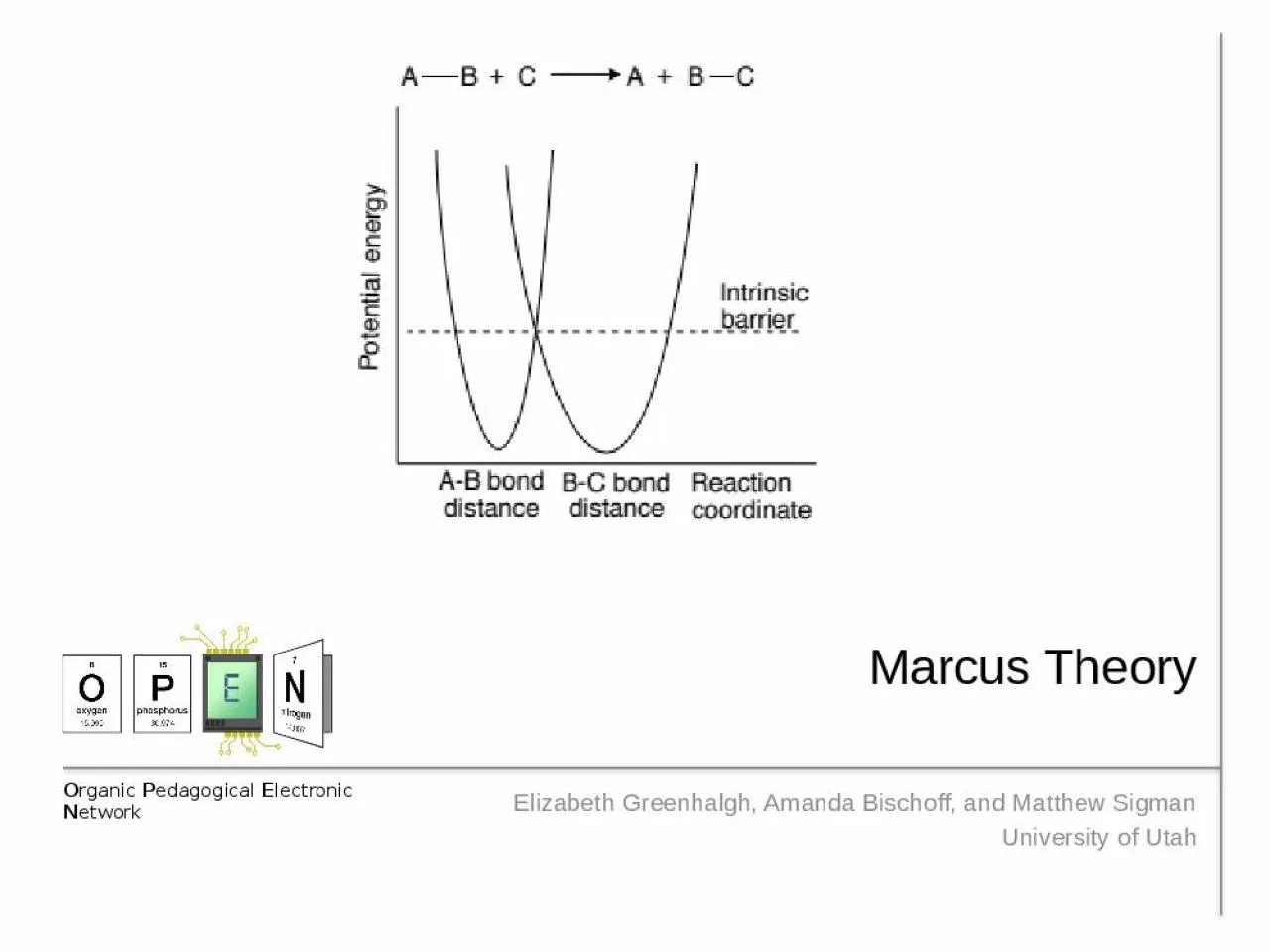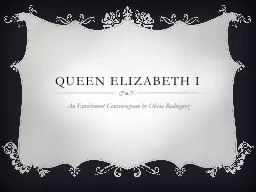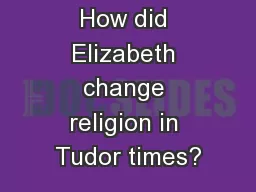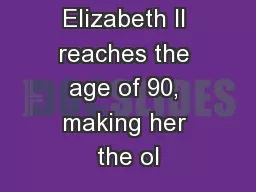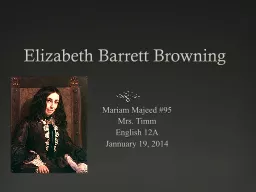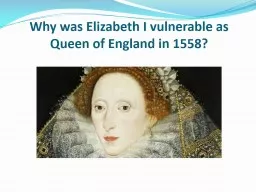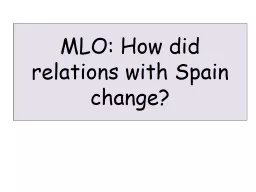PPT-Marcus Theory Elizabeth
Author : alyssa | Published Date : 2022-04-06
Greenhalgh Amanda Bischoff and Matthew Sigman University of Utah Describing Electron Transfer Reactions Marcus R A The Nobel Prize in Chemistry 1992 1992 6992
Presentation Embed Code
Download Presentation
Download Presentation The PPT/PDF document "Marcus Theory Elizabeth" is the property of its rightful owner. Permission is granted to download and print the materials on this website for personal, non-commercial use only, and to display it on your personal computer provided you do not modify the materials and that you retain all copyright notices contained in the materials. By downloading content from our website, you accept the terms of this agreement.
Marcus Theory Elizabeth: Transcript
Download Rules Of Document
"Marcus Theory Elizabeth"The content belongs to its owner. You may download and print it for personal use, without modification, and keep all copyright notices. By downloading, you agree to these terms.
Related Documents

